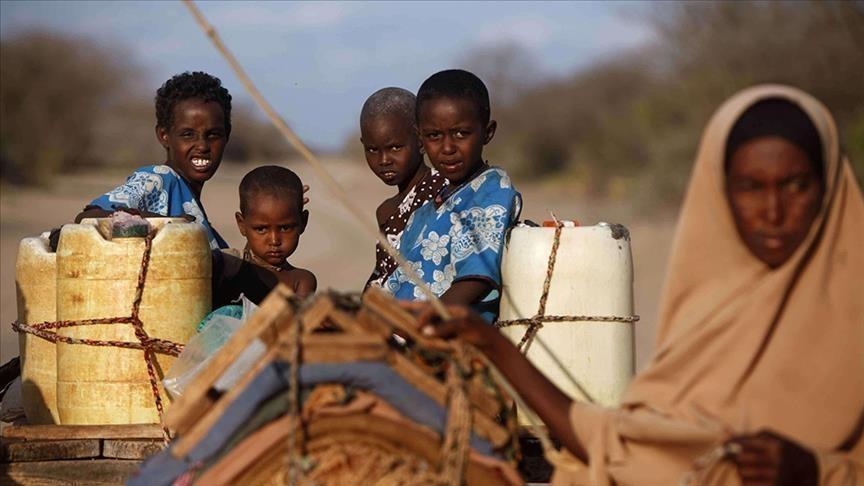Poverty in the World: Causes, Impacts, and Solutions – One of the most important problems facing humanity today is poverty. It affects individuals, families, and entire communities across the world, limiting access to basic necessities and opportunities for a better life. Understanding the extent and root causes of poverty is essential for finding effective solutions to this complex problem.
Prevalence and Geographic Distribution of Poverty
As of the most recent data available, approximately 9.2% of the world’s population lives in extreme poverty, defined as living on less than $1.90 per day. While progress has been made in reducing global poverty over the years, millions of people still struggle to meet their basic needs. Sub-Saharan Africa and Southern Asia are regions with the highest rates of extreme poverty, with more than 40% of the population living in these conditions. slot terbaru
Four Key Facts about World Poverty
- Multidimensional Nature: Poverty is not solely defined by income levels. It also encompasses inadequate access to education, healthcare, clean water, sanitation, and other essential services that contribute to a decent quality of life. https://hari88.net/

- Childhood Poverty: Children are disproportionately affected by poverty. Many lack access to education, proper nutrition, and healthcare, which can have lasting impacts on their physical, mental, and emotional well-being.
- Gender Disparities: Women and girls are often more vulnerable to poverty due to limited opportunities for education and employment, as well as cultural and social norms that perpetuate inequality.
- Rural vs. Urban Poverty: While urbanization has led to economic growth in some areas, urban poverty remains a significant challenge. Informal settlements lack proper infrastructure and services, making residents susceptible to poor living conditions and limited economic opportunities.
Defining Poverty and Its Consequences
Poverty is a multifaceted condition characterized by the lack of resources needed to meet basic human needs, such as food, shelter, clothing, and healthcare. It results in limited access to education, employment, and social participation, trapping individuals and communities in a cycle of disadvantage.
The consequences of poverty are far-reaching and impact various aspects of life, including:
- Health: Poor nutrition, lack of access to healthcare, and inadequate sanitation contribute to higher rates of illness and lower life expectancy among impoverished populations.
- Education: Limited financial resources often mean children from impoverished backgrounds struggle to access quality education, perpetuating the cycle of poverty.
- Economic Productivity: Poverty restricts access to economic opportunities, leaving individuals without the means to secure stable employment and improve their financial well-being.
- Social Exclusion: Poverty can lead to social isolation, as individuals may lack the resources to participate in community activities and engage in social interactions.
Addressing the Problem of Poverty
Combating poverty requires a comprehensive and collaborative approach involving governments, international organizations, non-governmental organizations (NGOs), and individuals. Here are some strategies to address the problem:
- Economic Growth: Promoting sustainable economic growth that generates jobs and improves income distribution is essential for reducing poverty rates.
- Education and Skill Development: Investing in education and skill development programs can empower individuals to break the cycle of poverty and access better opportunities.
- Social Safety Nets: Implementing social safety nets, such as cash transfer programs and food assistance, can provide immediate relief to vulnerable populations.
- Access to Healthcare: Improving access to healthcare services, especially in rural and underserved areas, can contribute to better health outcomes and break the link between poverty and poor health.
- Gender Equality: Addressing gender disparities and promoting women’s empowerment can help lift families and communities out of poverty.
Conclusion
Poverty in the world remains a significant challenge with wide-ranging consequences. It hinders human development, perpetuates inequalities, and undermines social cohesion. Understanding the prevalence, causes, and consequences of poverty is crucial for implementing effective strategies to combat this issue. By promoting economic growth, education, healthcare, and social inclusion, we can work towards a more just and equitable world where everyone has the opportunity to thrive.